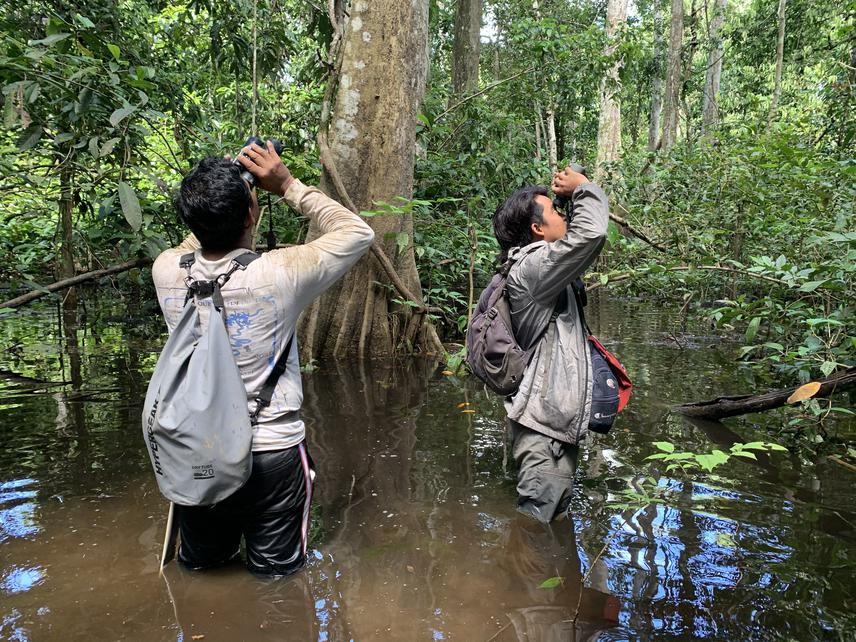Ashraft Syazwan Ahmady Yusni
Little is known about the ecology of hornbill species in Sabah, which some are classified as globally threatened. It is proposed that this study will inform the adoption of new methodologies and conservation strategies for eight hornbill species that are found in Sabah. Passive acoustic monitoring (PAM) will be adopted as a new data gathering method to complement the standard manual surveys which will be undertaken in parallel with this study.

This study will take place in the Lower Kinabatangan Wildlife Sanctuary (LKWS), a highly fragmented landscape with a long history of excessive logging and forest burning, and the neighboring oil palm plantation. We will work closely with our important stakeholders that consist of the local Kinabatangan communities, NGOs, local government agencies, and private businesses. Recently, the Rufford Foundation has funded conservation works and research on the breeding ecology of hornbills in Kinabatangan.
The Rufford Small Grant awarded for this project will help us to (1) verify the positive elements in data collection between PAM and manual survey techniques, and (2) produce an occupancy map and distribution of hornbills using data gathered by both methods.